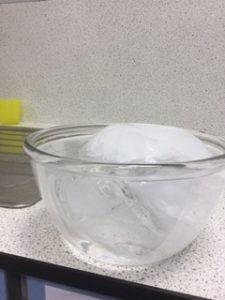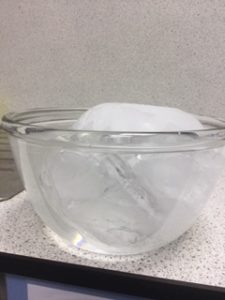We’ve already learnt lots about transport through the ages and today we linked our topic with some maths. Year 4 have shown a lot of interest and curiosity regarding one of the biggest transport tragedies of all time – the sinking of the Titanic. We held a debate to discuss whether or not it is right to retrieve artefacts from the sunken ship. Does this help us to appreciate how items from the past can help to understand history?
With a focus on how the lives of wealthy people were very different from those of poor people, the children studied the class system on board the Titanic. After examining a cross section of the famous boat, we had a much clearer view of each class and whereabouts they were situated on board.
Did more first class passengers survive the disaster?
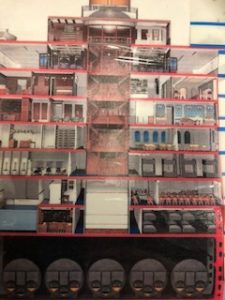
In order to answer this question, the children had to collect and record some information about the capacity of the lifeboats. Then, using this data, Year 4 had to present their findings in the form of a bar chart. Next, after looking at the total available capacity of one boat, they had to work out how many 1st, 2nd, 3rd class passengers were in the lifeboat and how many crew.
The children were then able to calculate the amount of empty spaces there sadly were on lots of the lifeboats.
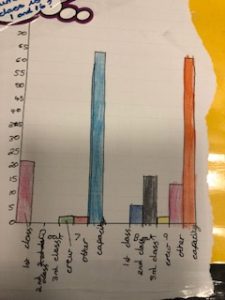
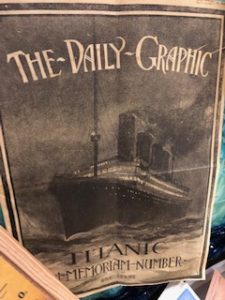
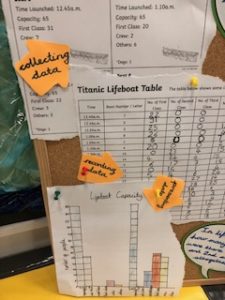 At the end of our lesson we discussed icebergs. Having already created one over night, the class looked closely at the iceberg in water.
At the end of our lesson we discussed icebergs. Having already created one over night, the class looked closely at the iceberg in water.
“Most of the ice is under the surface of the water,” commented Ethan.
Harris added, “Ninety per cent is underwater.” A fact he already knew!
We discussed that each iceberg is unique. They float low in the water due to the sheer weight of the ice, which is why the tip of an iceberg is no measure of what lies beneath. Quite a scary thought!
